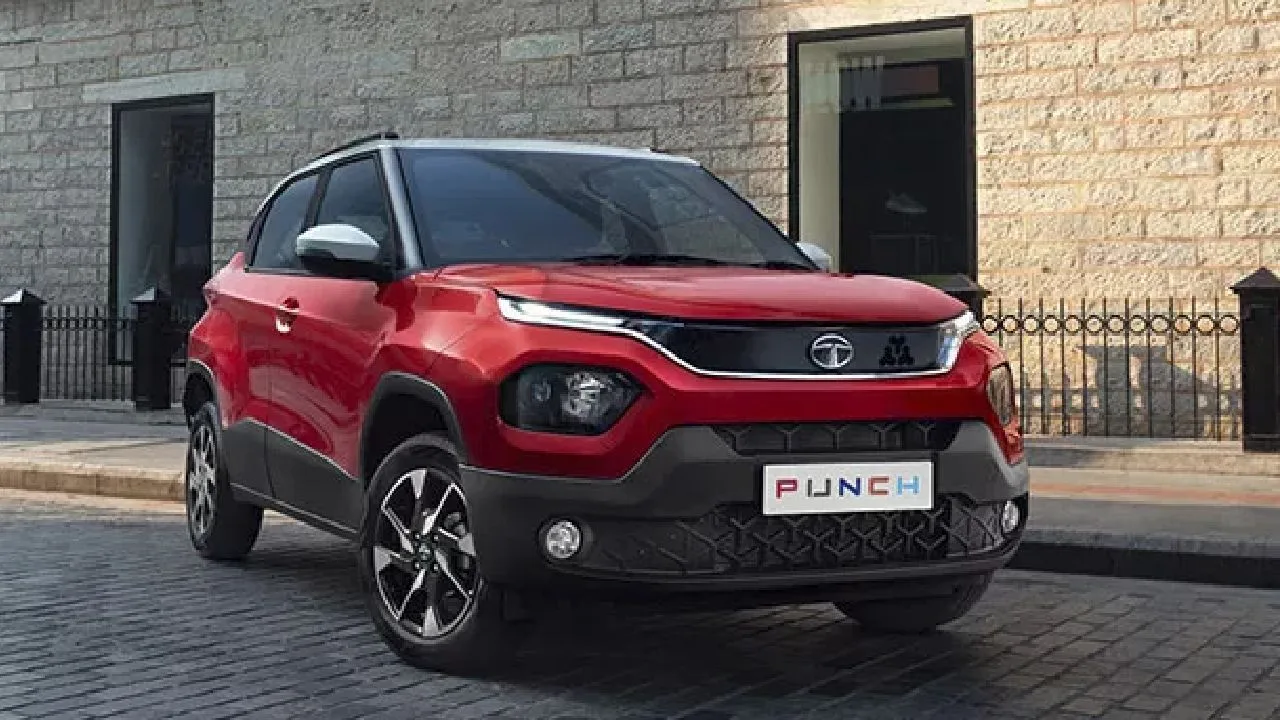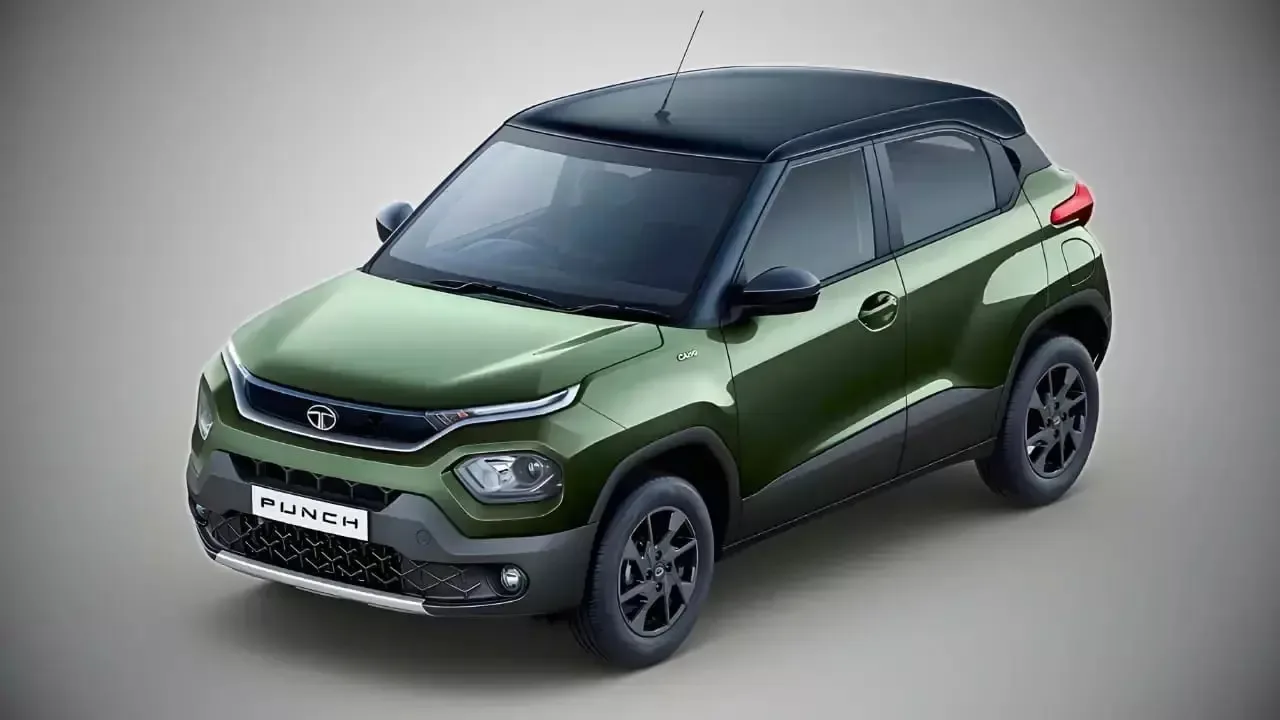Maruti Suzuki has been leading the Indian car market for the last 22 years. If you look at the top-10 selling cars every month, most of the Maruti cars are on the list. Maruti’s cars like WagonR, Swift, Dzire, and Ertiga are known as the best-selling models in India. These cars always remain in the first, second, or third position in terms of sales.
However, a car manufacturer in the country launched an SUV a few years ago which snatched the number-1 crown from Maruti cars. This car has reached about 4 lakh or more homes and offers the best performance, space, and safety features at its price.
This car snatched the number-1 crown

Tata Punch is a well-known name in the Indian car market. Tata Motors launched it as a budget SUV in October 2021 and since then its popularity has remained intact. The company launched it at an ex-showroom price of Rs 5.49 lakh and it is still the safest car in its segment. The latest generation of Tata Punch is priced at Rs 6.12 lakh (ex-showroom) and the car comes with a 5-star Global NCAP safety rating. The company is offering it in petrol as well as CNG and electric versions.
Tata Punch gives a mileage of 27 Km/Kg in CNG
Let us tell you that according to market research firm JATO Dynamics, a total of 1,16,000 units of Maruti WagonR have been sold between January and July 2024, while during the same period, Tata Punch has registered sales of more than 1,26,000 units. If we look at the contribution of models other than petrol in sales, 45% of WagonR’s sales came from CNG models. At the same time, CNG and electric models contributed 47% to Punch sales.

The secret of Tata Punch’s success
Punch is a micro SUV, which offers SUV-like features at an affordable price. Apart from this, Punch has adopted multi-fuel options, moving beyond just petrol options, due to which customers also get the option to choose CNG and electric models apart from petrol.
Punch’s electric and CNG variants make up 47% of its total sales, which shows the popularity of alternative fuel options. This change also makes it clear that consumers’ interest is now moving away from traditional fuels towards alternative fuel options.
